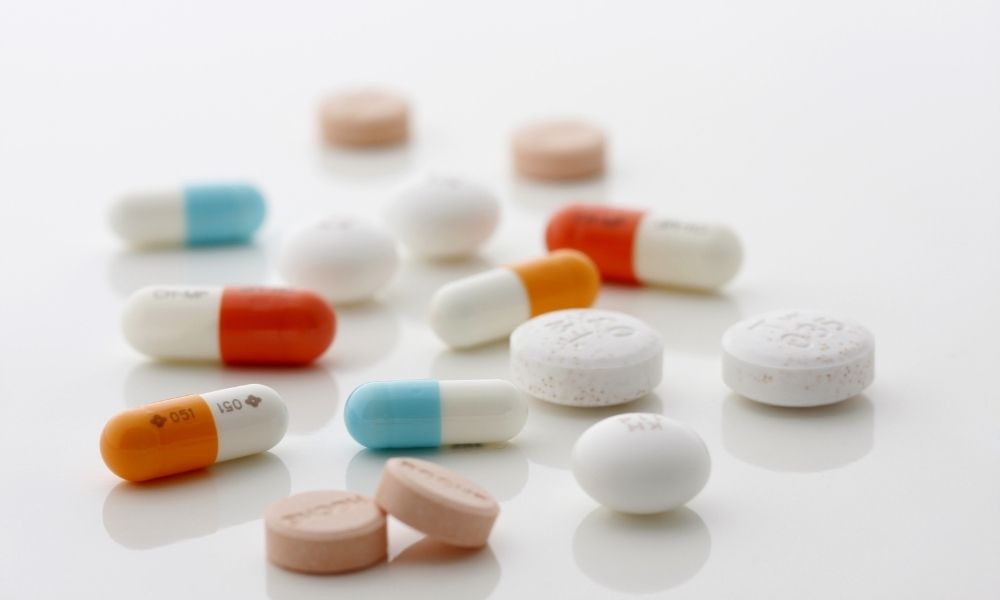Common Chemicals Found in Pharmaceuticals

A good majority of misinformation surrounding medicines and vaccines stems from simply not knowing or understanding how they’re made or what the chemicals used within do. Chemicals are simply a fact of life—they’re found everywhere and a perfectly natural part of our bodies. To give you greater peace of mind or to simply make you a savvier consumer, here are some common chemicals found in pharmaceuticals.
Binders
Binder chemicals serve as an adhesive to the mass of powder in granulation and allow for tablets to be compressed into their small size and shape. Furthermore, they help to bolster the cohesion of the filler material, and vice versa. Binders can be applied in both a dry form and a solution form, albeit the solution form is more effective. Binders can be distinguished into two groups: natural binders, synthetic polymers, and sugars. Some examples include:
- Gelatin
- Corn syrup
- Acacia
- Sucrose
- Magnesium aluminum silicate
Preservatives
Preservative chemicals are used in pharmaceuticals to reduce the rate of degradation and microbial decomposition. One of the most common chemicals found in pharmaceuticals is a preservative called formaldehyde. Because of its intense odor and use in preserving cadavers, however, there are plenty of myths surrounding formaldehyde that makes many people wary of it. In reality, formaldehyde is an important ingredient in food production and is a key ingredient of vaccines in order to suspend viruses and ensure they don’t activate while your white blood cells attack it.
Disintegrants
Disintegrants affect the bioavailability and solubility of medicinal drugs. Specifically, this concerns how quickly a tablet will dissolve so that you get the most out of a drug’s benefits. Disintegrant, as the name suggests, improves the speed of disintegration and can either be added directly or in combinations of intragranular and extragranular applications. Some of the most commonly used disintegrates include gelatinum, dry manihot starch, sodium alginate, and amylum.
Antioxidants
Antioxidants are valuable ingredients because they improve both the physical and chemical stability of drugs. What this means is that they minimize the oxidative processes that some drugs exhibit when exposed to oxygen or free radicals. Oxidization can change taste, appearance, precipitation, and the effectiveness of a drug, so antioxidants are key to ensuring our medicines do their job as intended and expected. Some examples of antioxidants include sodium sulfite, ascorbic acid, and cysteine.





